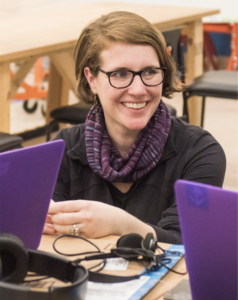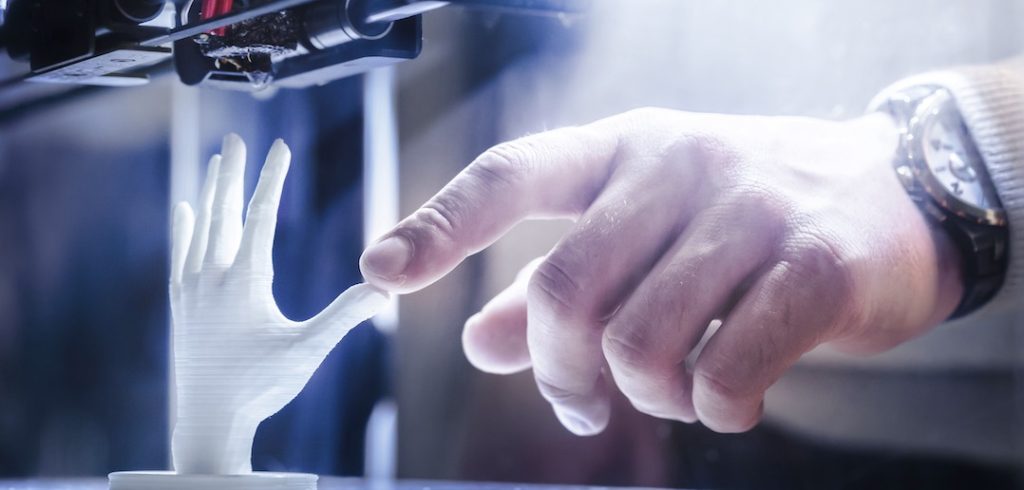This year’s Distinguished Lecture on Disability explored how people with disabilities can use the power of 3-D printing to improve the quality of their lives.
Many people with disabilities rely on assistive technology—tools like crutches, wheelchairs, and software—to help them with everyday tasks, said guest speaker Amy Hurst, Ph.D., associate professor of human-computer interaction at New York University and director of the NYU Ability Project.
‘There’s Another Way’
The problem is that 30% of assistive technology is abandoned by users, said Hurst at the April 10 event, held at the Lincoln Center campus and livestreamed. These devices, occasionally created without user input, can be designed poorly. It can be difficult to obtain the devices themselves. Sometimes, they just don’t work well.
“The system is broken,” Hurst said. “[But] maybe there’s another way.”
What if you could create your own device—in a fast, customizable, affordable, and reproducible way?
Today’s technology makes it possible for people without special training to obtain free designs and generate their own tools. As long as you—or someone you trust—can access a computer, you can send a design file to a machine that builds a physical tool for you. The final cost? Potentially under $300.
Empowering People with Disabilities

To figure out how to make this more accessible to clinicians and users, Hurst conducted several projects, including partnering with a physical therapy program to create 3-D printed assistive technology for both simulated and actual clients.
Two of the biggest roadblocks to accessibility are limited time to work on these devices and the occasional fickleness of the technology itself, said Hurst. But 3-D printing assistive technology also provides an opportunity—the creation of jobs, especially for those who identify as neurodivergent.
Hurst recalled teaching 3-D printing to young adults with intellectual disabilities, who successfully created models of their own.
“How can we provide these experiences that can empower people?” she said. “Many people with intellectual disabilities have a really high unemployment rate around 60%. … What else can we do here to show them some different potential?”
The eighth Distinguished Lecture on Disability was organized by Fordham’s Disability Studies Program and Research Consortium on Disability. The event was co-sponsored by the Office of the Chief Diversity Officer, Graduate School of Education, Graduate School of Social Service, Communication and Media Studies Department, and Computer and Information Science Department.

